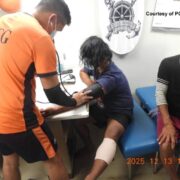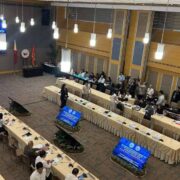Reducing food waste, plate by plate
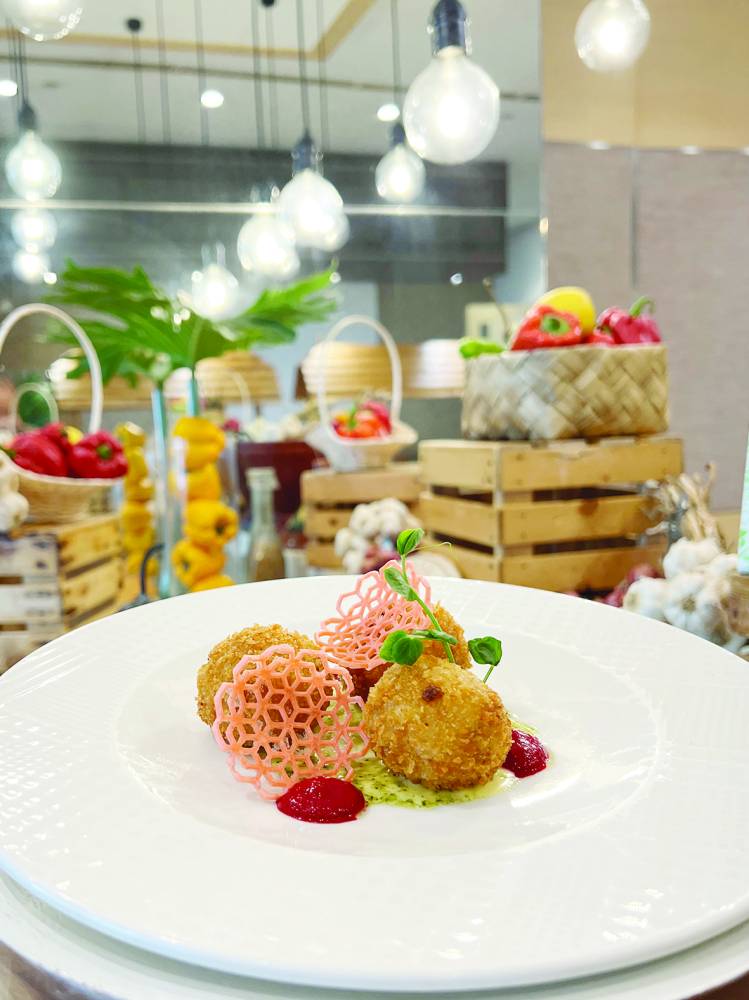
Taal Vista Hotel (TVH) has long been a champion of culinary nationalism and farm-to-table dining, showcasing local ingredients such as pineapples and beef from Cavite and nearby Batangas. Recently, sous chef Kim Dalisay has added a twist to the menu with piyanggang baka (braised beef with charred coconut cream) inspired by his Mindanao roots, and pininyahang manok (grilled chicken in pineapple puree), a homage to Tagaytay’s produce. These creations have become popular at the hotel’s Veranda restaurant.
Beyond the delicious food, TVH offers Plate for the Planet, dishes that are sustainably prepared.
Highlighting endemic species, the poached maliputo, a giant trevally, comes with a fascinating story: Its species migrated to the Pansipit River, the estuary of Taal Lake, after the 18th-century volcanic eruption changed the conditions from saltwater to freshwater.
Now, TVH is taking its commitment to sustainability even further by reducing food waste. The beef bones are used for enhancing stock, the cleaned pineapple shell serves as a bowl for the pininyahang manok, and the maliputo bones add flavor to the consommé for the velouté sauce, which is made with produce from the hotel’s garden.
TVH’s mother corporation, SM Hotels and Convention Corp. (SMHCC), is taking a big bite in reducing food waste and its environmental impact through its Plate for the Planet program. It aims to minimize waste while supporting local food suppliers.
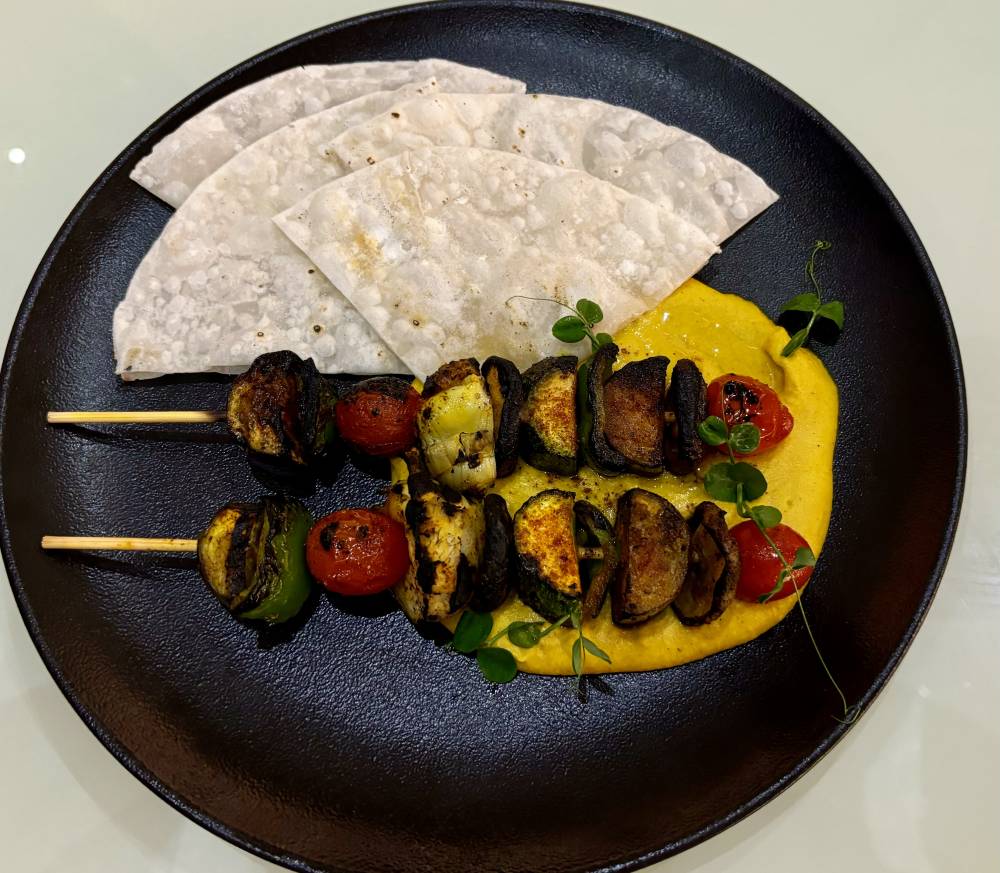
Local sourcing
Dalisay says TVH’s monthly kitchen reports now include a breakdown of food waste reduction. In August, the hotel’s dining outlets accumulated 13,700 kilograms of food waste. Because of the hotel’s digester technology, 95 percent of this waste (13,065 kg) was converted into fertilizer. Even the coffee grounds are put to good use, improving the soil structure in TVH’s garden and nourishing acid-loving vegetables.
A culinary innovator, Dalisay is developing ways to reduce food waste by transforming scraps. For instance, watermelon rinds are turned into pickles, and excess garden herbs dehydrated to make a flavorful seasoning. SMHCC is committed to minimizing food waste to below the industry average of 300 grams per guest.
Food waste is a pressing environmental issue. When food is discarded, it not only contributes to hunger but also to climate change. The resources used in food production, from farming to transportation, are wasted. Additionally, food waste in landfills releases methane, a potent greenhouse gas.
SMHCC aims to compost at least 80 percent of the food waste from all its hotels by 2040. Composting redirects food waste from landfills and turns it into valuable fertilizer. The program targets a 48 percent diversion rate, aiming to divert 198 tons of food waste annually.
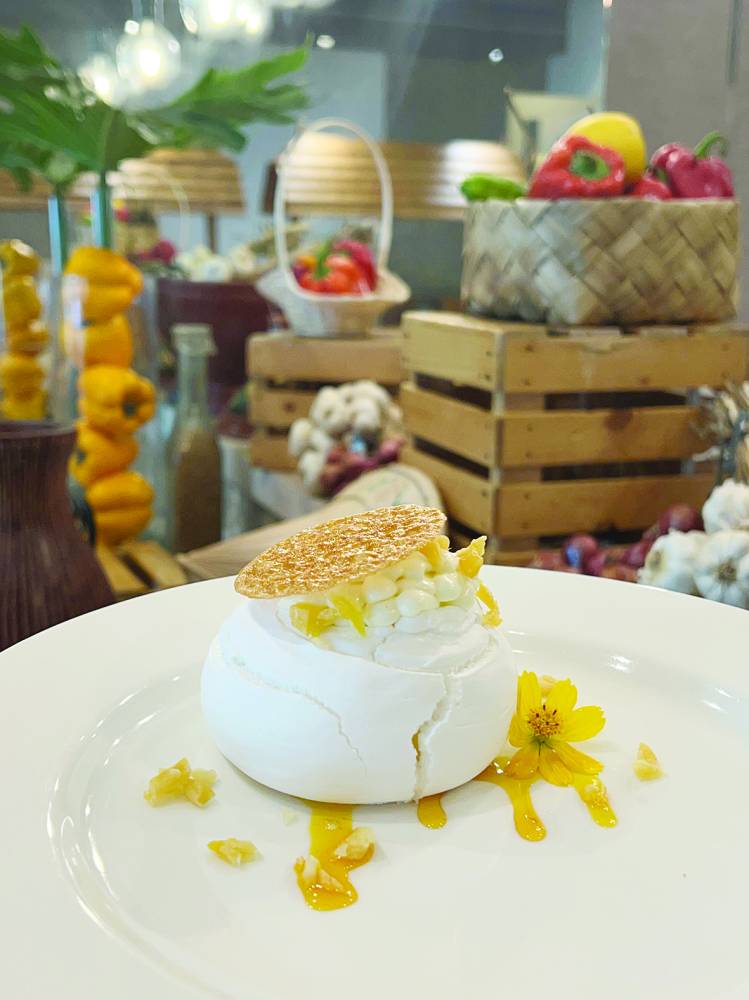
SMHCC’s commitment to seasonal and local ingredients reduces transportation emissions and ensures fresher products. Local foods often require less processing and refrigeration, resulting in a smaller carbon footprint and higher nutritional value.
TVH emphasizes locally sourced ingredients in its menu. At least 30 percent of its à la carte and banquet menus feature local products and cultural influences. This initiative supports local agriculture and preserves cultural heritage.
Dalisay has creatively adapted classic dishes to incorporate local flavors. Arancini, a popular Italian street food, is now made with malagkit rice filled with kesong puti instead of imported risotto and mozzarella. Moringa replaces basil in the pesto sauce, and the Pavlova dessert is made with locally sourced organic eggs. Even the iced tea is brewed with tsaang laya and ternate flowers from the garden.
Business practices
Similarly, Plate for the Planet aims to source 10 percent of its food and beverage supplies from micro, small, and medium enterprises. This initiative supports local businesses and contributes to sustainable economic development.
To reduce plastic pollution, SMHCC set a target of 44 percent average plastic recycling across its properties. The recycled plastics are sold to recycling companies, contributing to a circular economy.
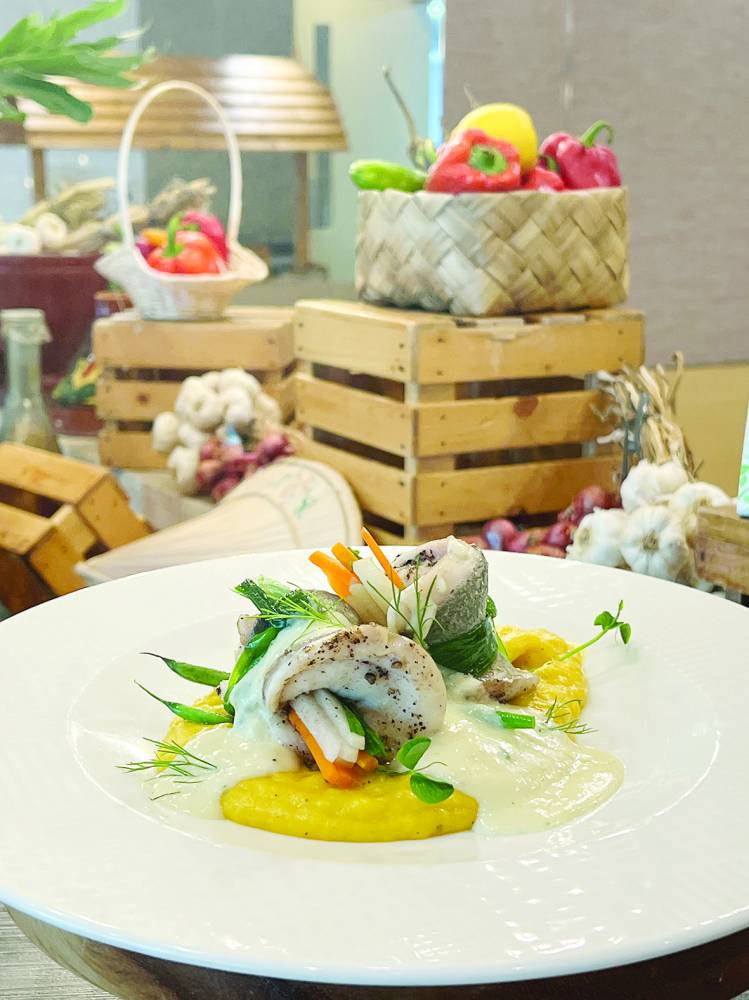
As SMHCC’s first property, TVH, with its 85-year legacy, pioneered the farm-to-table concept at Taza Fresh Table. The hotel’s garden provides fresh produce, allowing for seasonal menus and reduced reliance on external suppliers. This approach not only ensures quality ingredients but also contributes to sustainability.
The hotel’s eco-friendly program involves more departments now, says Dalisay. The engineering team tracks energy savings from reduced deliveries and plastic usage. The gardening team reports on harvests, and the marketing department coordinates with the kitchen to plan menus for groups. The food safety and hygiene team monitors leftover disposal. By working together, the team ensures that the hotel’s operations are aligned with sustainability goals.
SMHCC’s program not only benefits the environment but also demonstrates responsible business practices and upholds a standard for the hospitality industry in the Philippines.



